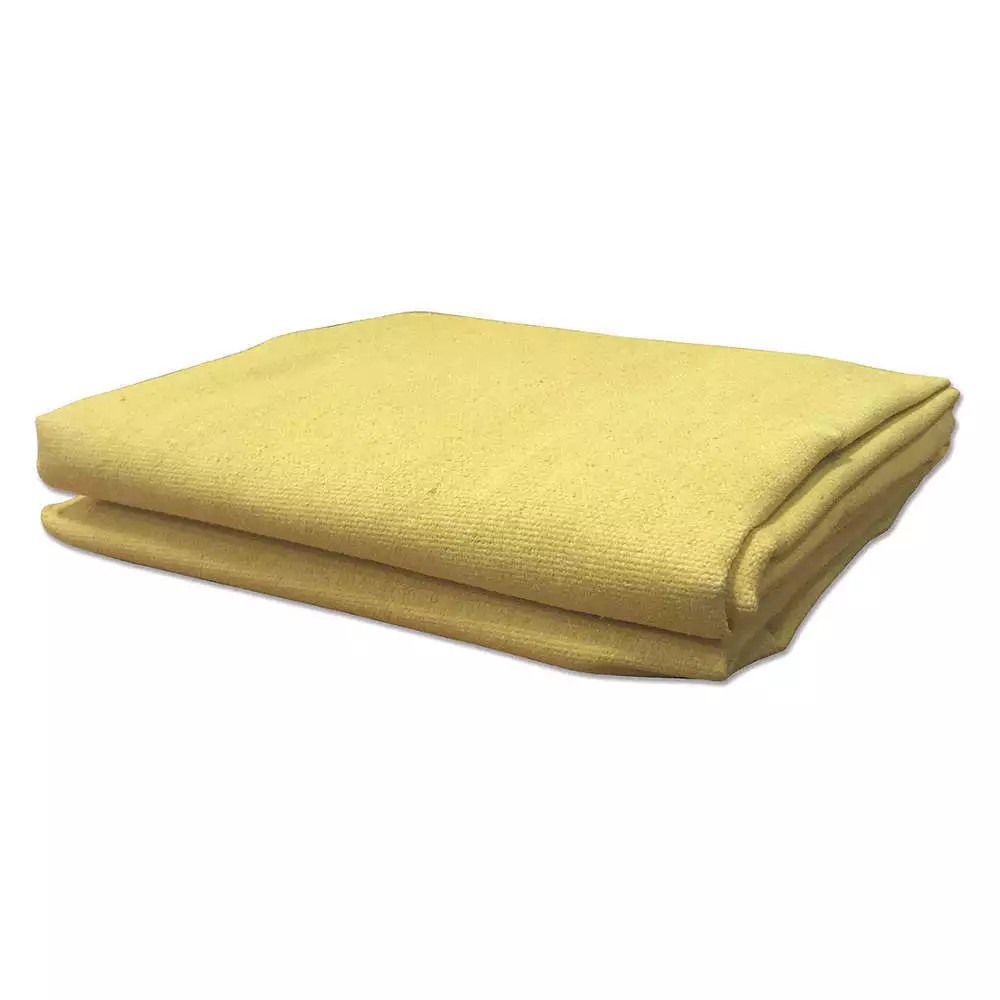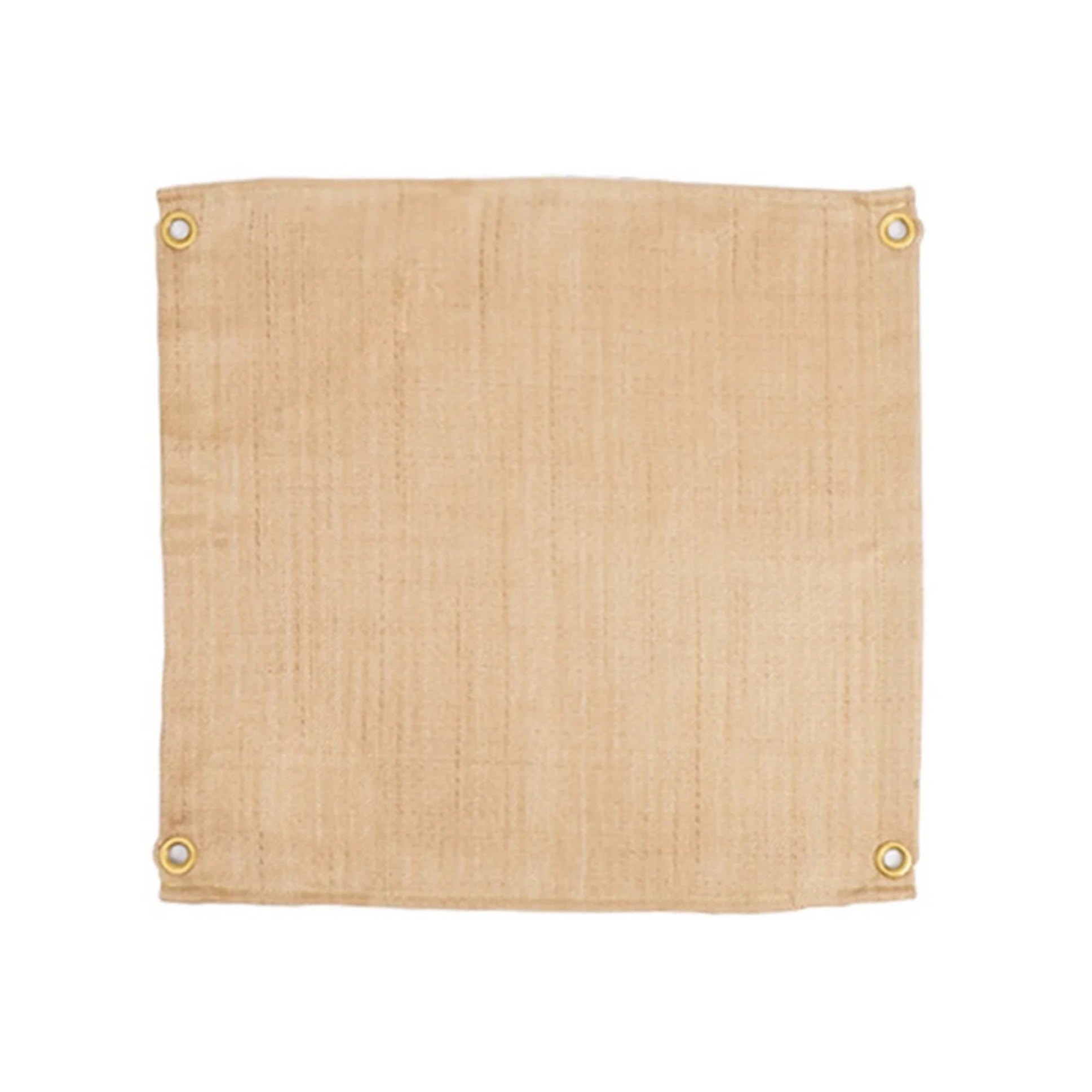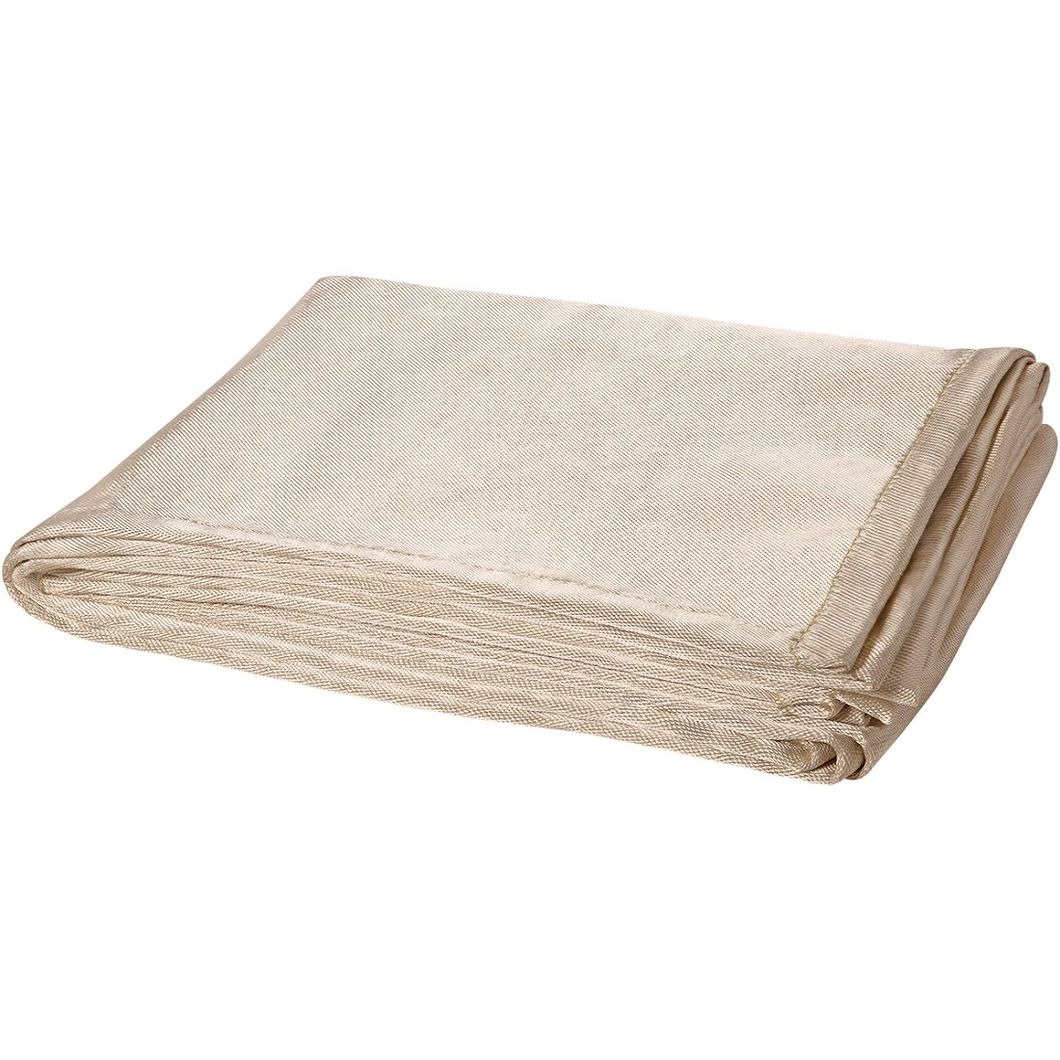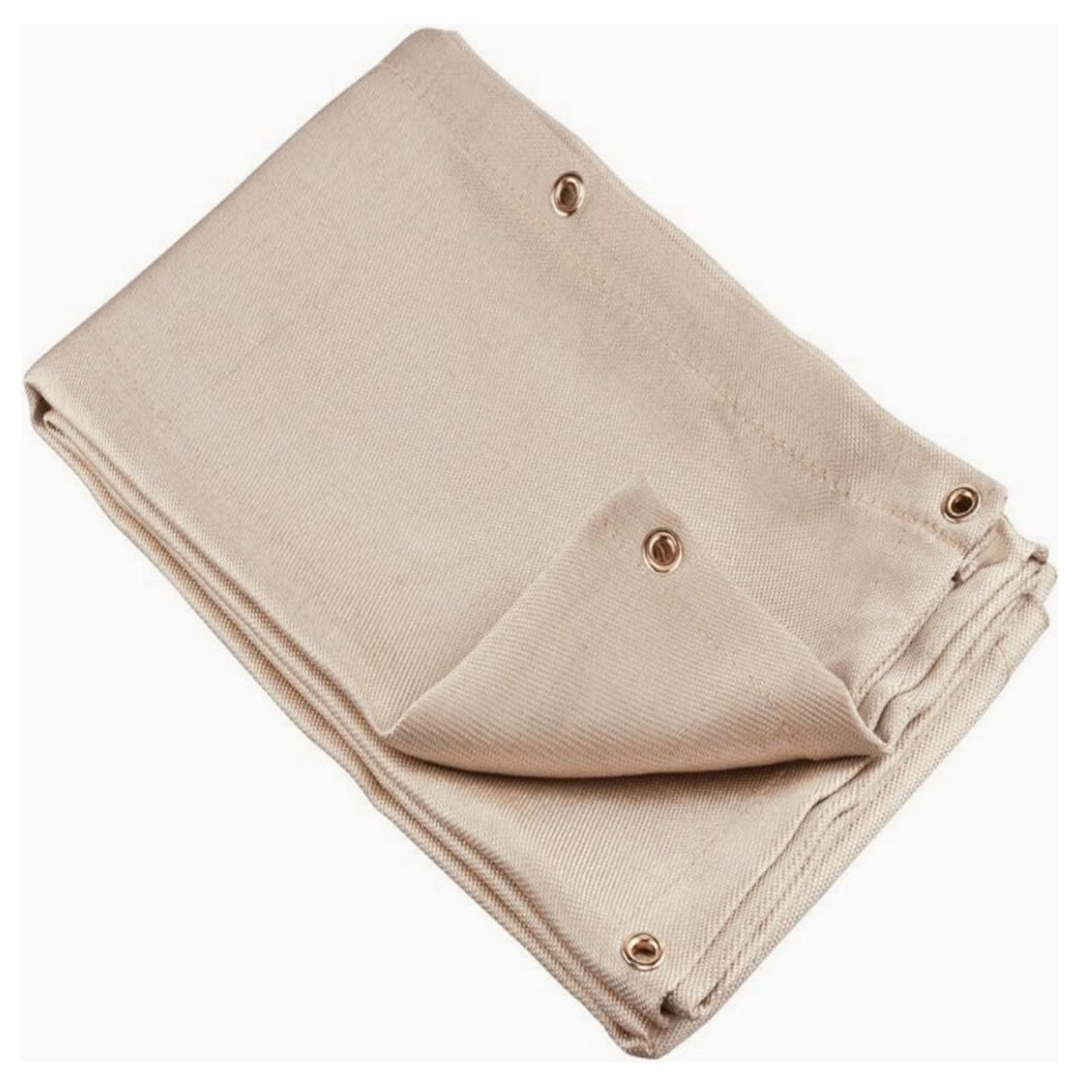Fire Retardant Insulation Blanket: Uses, Benefits and Installation Guide
This article explains fire retardant insulation blankets - what they are, how they work, their key benefits, and proper installation methods. You'll learn why they're essential for thermal management and fire safety in various applications.
What Is a Fire Retardant Insulation Blanket?
A fire retardant insulation blanket is a specialized protective material designed to resist high temperatures and prevent fire spread. These blankets combine thermal insulation properties with flame-resistant characteristics, making them ideal for industrial, commercial, and residential applications where heat management and fire safety are priorities.
Unlike regular insulation materials, fire retardant blankets are made from non-combustible or slow-burning fibers like fiberglass, ceramic, or silica. They're typically reinforced with fire-resistant coatings or treatments that enhance their performance when exposed to flames or extreme heat.
Key Benefits of Using Fire Retardant Insulation Blankets
1. Enhanced Fire Protection: They significantly slow down fire spread, giving you crucial extra time for evacuation or firefighting.
2. Thermal Insulation: These blankets effectively reduce heat transfer, maintaining stable temperatures in pipes, equipment, or building spaces.
3. Energy Efficiency: By preventing heat loss, they help lower energy consumption in heating systems and industrial processes.
4. Durability: High-quality fire retardant insulation blankets resist wear, chemicals, and moisture while maintaining their protective properties.
5. Versatility: Available in various thicknesses and sizes, they can be customized for different applications from engine compartments to building insulation.
Common Applications
Fire retardant insulation blankets serve multiple purposes across industries:
Industrial Use: Protecting machinery, pipes, and boilers in factories, refineries, and power plants where high temperatures are common.
Automotive: Insulating engine compartments, exhaust systems, and battery compartments in vehicles to prevent heat damage and fire risks.
Construction: Used in walls, ceilings, and around electrical installations to improve fire safety in buildings.
Emergency Situations: As temporary fire barriers during welding operations or other hot work that might spark fires.
How to Choose the Right Fire Retardant Insulation Blanket
When selecting a fire retardant insulation blanket, consider these factors:
1. Temperature Rating: Ensure the blanket can withstand the maximum temperatures it will encounter.
2. Material Composition: Fiberglass offers good general protection, while ceramic fibers provide higher temperature resistance.
3. Thickness: Thicker blankets generally offer better insulation but may be less flexible.
4. Certifications: Look for products tested to relevant safety standards like ASTM, UL, or EN standards.
5. Size and Shape: Choose dimensions that properly cover your application area without excessive overlap or gaps.
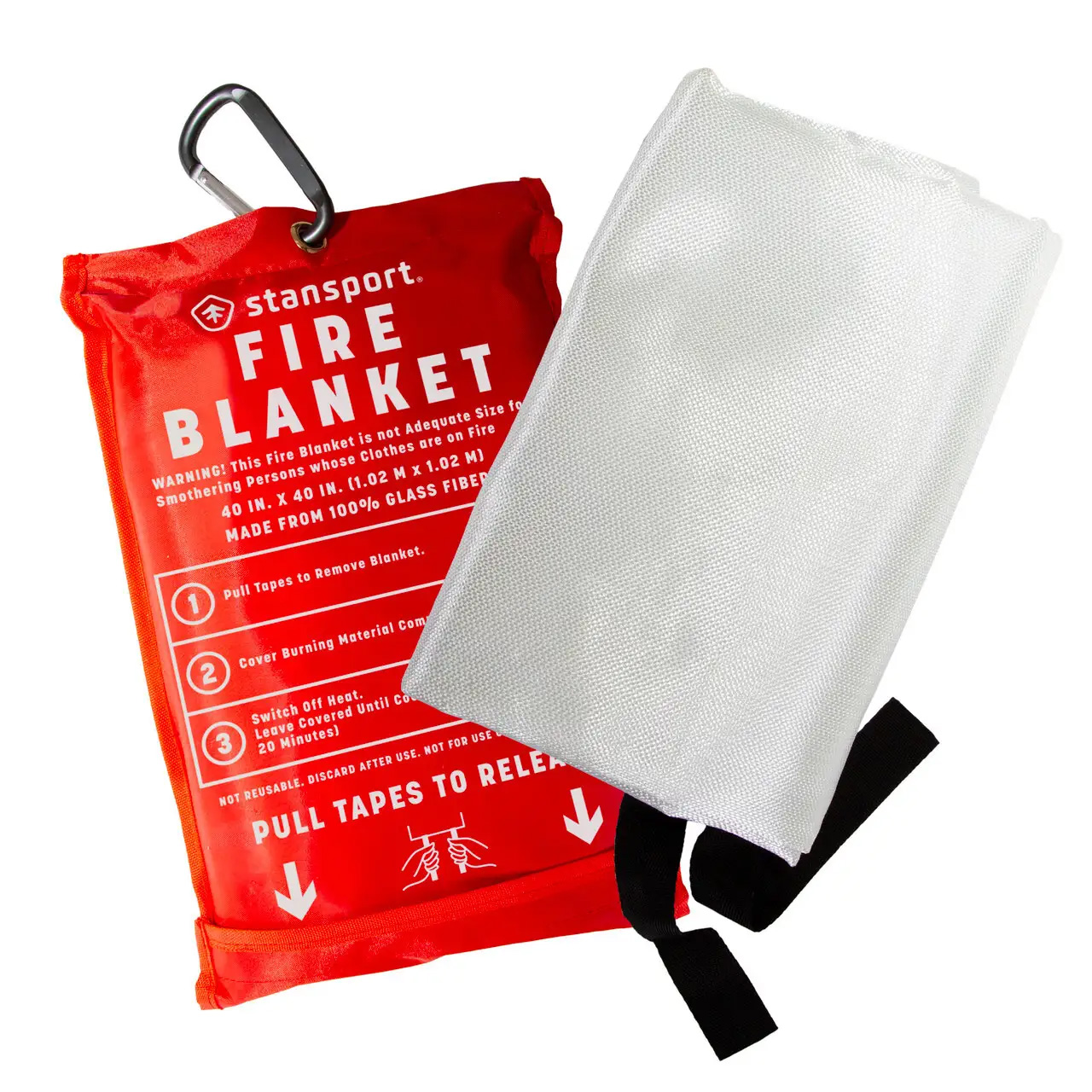
Installation Tips for Maximum Effectiveness
Proper installation ensures your fire retardant insulation blanket performs as intended:
1. Clean the surface thoroughly before installation to ensure good adhesion and prevent contamination.
2. Use appropriate fasteners like high-temperature resistant wires, straps, or adhesives designed for insulation materials.
3. Avoid compressing the blanket too tightly as this reduces its insulating properties.
4. Overlap edges by at least 2 inches when covering large areas to prevent heat leakage.
5. Regularly inspect for damage or wear and replace when necessary to maintain protection.
Maintenance and Safety Considerations
To keep your fire retardant insulation blanket effective:
- Periodically check for tears, thinning, or contamination that might reduce performance.
- Follow manufacturer guidelines for cleaning - some blankets can be gently vacuumed while others may need replacement if soiled.
- Never modify or cut the blanket unless specifically permitted by the manufacturer.
- Store unused blankets in dry, clean areas away from direct sunlight and chemicals.
- Always wear protective gloves and masks when handling insulation materials to prevent skin irritation.
Conclusion
A fire retardant insulation blanket is a smart investment for anyone needing reliable thermal management and fire protection. By understanding their properties, proper selection criteria, and installation methods, you can significantly improve safety and efficiency in your home, workplace, or industrial facility. Always purchase from reputable suppliers and follow all safety guidelines for optimal results.


